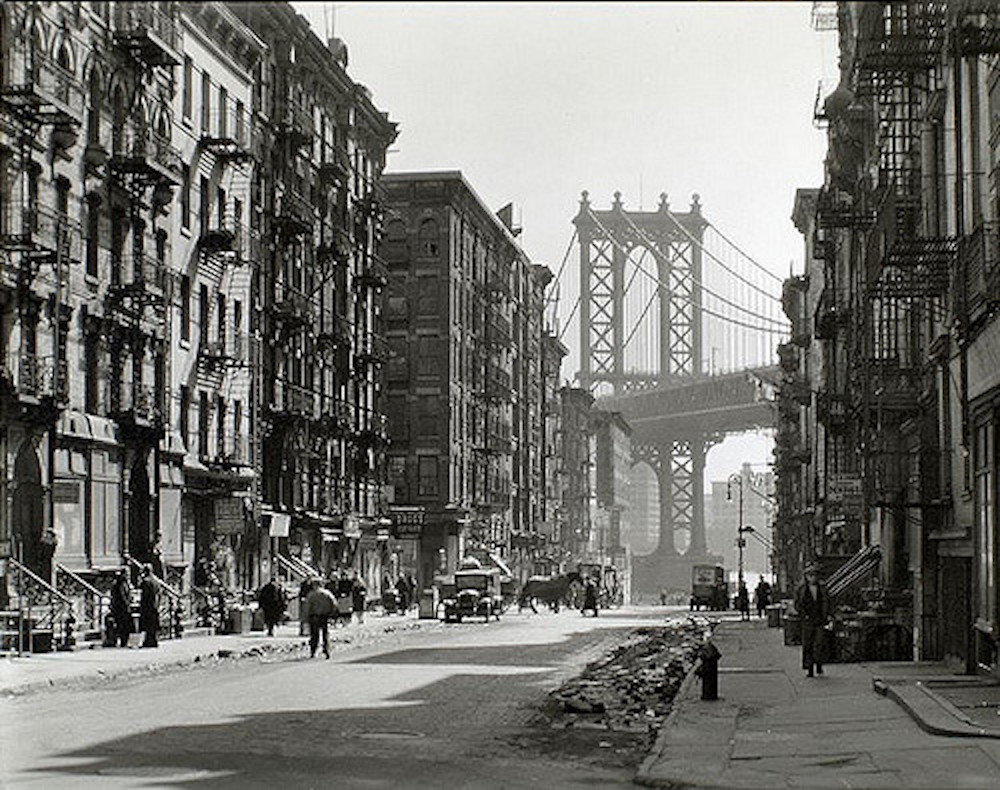
I recalled how on June 3, 1937 , my father Giuseppe Rovedo met my mother, my older brother and myself on the ship Vulcania in New York harbor, and brought us to a beautiful apartment on East 32nd Street, which was a Little Italy then, Friulani with their club La Famee Furlane but also Greeks, Arminian, Jewish and Sicilians with their marvelous grocery stores My father was a a mosaic and terrazzo worker and a passionate opera lover. Emblazoned on my mind is the memory of him sitting on the sofa in the living room reading Il Progresso Italo-Americano and listening to those dark discs on the Victrola. The opera was the Cavalleria, and listening from my room Ibecame enthralled by the music and the name “Turiddu.” My father explained that he was a young man living in Sicily, and he had been a soldier in Friuli. This lovely music and the name “Turiddu” filled my whole body with the sweetest feeling I had not experienced before.
Of course my mind wandered, envisioning him as very handsome, and when I heard the shout, “Hanno ammazzato compare Turiddu,” I began to cry, and very hard. My loving mother rushed from the kitchen in her housedress. When she heard the reason for my sobs, she told me that it was just a story, and sent me to my room, in Furlan a rincuorarla. Other times when my father was at work I put on the black disk myself, and cried again. To distract me, Mama would send me to the grocery store called the Trinacria Importing Company, at Third Avenue and 29th Street, to talk to the Furlan clerk Bruno Marus. But as he knew no Furlan, I talked instead with Mr. Bono, the Sicilian proprietor ,who had been to Friuli in WWI. We talked about Friuli and the Cavalleria. That’s where I went always after my sobs. Soon a mutual loving friendship developed, and trusting me he gave me the run of the store. At times he would gaze at me with a tender perplexed look, and tell me “Signorina Nives, devi andare in Sicilia. Alla BEDDA Sicilia.”
I explained to my audience that I heard these words repeated at the Voice of America, where I worked for a short time after graduating from Hunter College, with a Dante Alighieri medal around my neck. So many Sicilian top-notch journalists worked there such as Mike Bongiorno and Antonello Marescalchi. All told me “Vada in Sicilia Miss Nives, la BEDDA Sicilia.”
Eventually, I went to Sicily from Rome with an older, half-blind painter named Ettore Costa, and there at La Fiera di Messina I met a young charming man called Domenico Ardizzone, who courteously put me on a tour bus to see the island. The pure enchantment I experienced produced my first novel, Febbre Siciliana. Returning to Rome, where publisher Giovanni Quattrucci had his offices on Via Veneto, I placed it in his hands.
He fond this romantic story written by an American girl from Friuli compelling, and published it. It sold well in Rome (Giorgio Natili submitted it to for La Strega Prize, but Febbre didn’t win) and also in Manhattan. There at a big ceremony and feast recognizing ItalianAmerican women of achievement, I was awarded a prize for literature, a golden statue of a slim woman one arm up high holding a laurel leaf crown. On the marble base was inscribed: “AMITA 1958 — Nives Rovedo — Author.” Actress Anne Bancroft won a statue too that night, for performing arts. I still call it my “Turiddu statue.”
Following the palo in frasca method, I moved on in my lecture to my second love in Manhattan, whom I met at St. Gabriel’s Library on East 36th Street. It was the first of July 1937, and in the Children’s Room there was a large table with a big book on it .On the cover was a beautiful house with the name MONTICELLO. That day I learned about the American Declaration of Independence, written by Thomas Jefferson. Because of Monticello, I thought he was Italian, and when I heard the words “life liberty and…” I thought I heard “the PROSCIUTTO” and not the pursuit of happiness” !
In 1943, not a good year for Manhattan or Italy, WWII raged in Europe My mother, with no letters from Friuli, worried about her family and her son in the USArmy in France I was at the elementary school P.S. 116, a good school which gave “Music Appreciation” classes which included, to my delight, the”Intermezzo” from the Cavalleria. That year was the bicentennial of Thomas Jefferson’s birth, and The New York Times sponsored an essay contest for all elementary schools on “What Democracy Owes to Thomas Jefferson.” I had read so much on him, discovering that he could speak Florentine Italian, had Italian guests at Monticello, and through its example introduced Americans to the architecture of Andrea Palladio, so I threw myself into writing the essay with passion. My essay won first prize. I was given a certificate from the Times and $5 War Bond. And, as an added surprise and pride, a much appreciated medal from The American Legion.
My talk was much appreciated, as could be seen not only from the applause , but the many questions about that long ago time, one so critical for Italians in America. Speaking in front of a large photograph of Luigi Pirandello, Signora Vita enjoined the audience to continue exploring the cultural connections I had raised.









